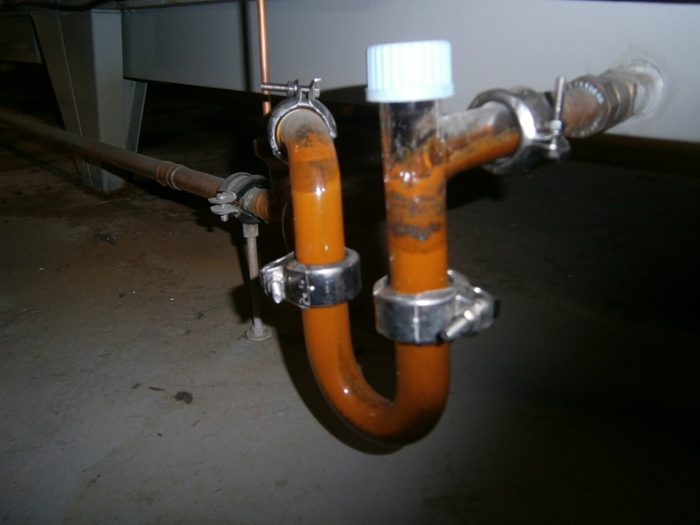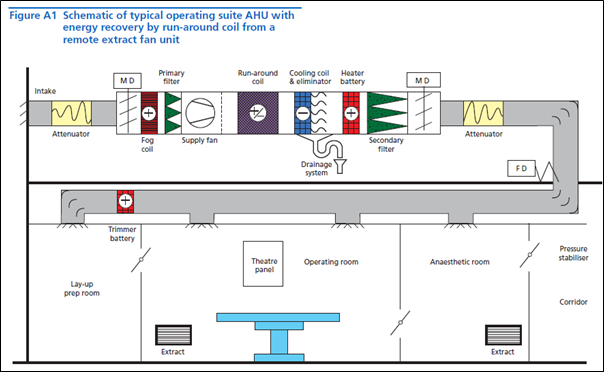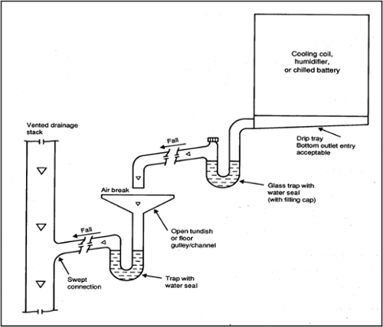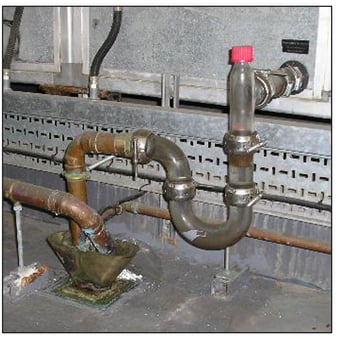There is often not a large overlap between ventilation and water, the guidance in ACoP L8 and HSG274 do not discuss Legionella issues in air distribution systems as these are not considered significant routes for legionellosis.
But when you consider water safety on a more holistic scale then concerns over microorganisms that can grow in the drain water from an air handling unit (or AHU) are of concern.
Humidifiers and Legionella
There are areas where Legionella risk would be considered concerning a ventilation system and this would be where there is a water supply to the system creating humidification. This can either be where the cold-water supply to the unit needs to be considered within the legionella risk assessment as a potential dead-leg on the system or the humidification system itself presenting a Legionella risk.
Not all humidifiers pose an inherent Legionella risk. If humidity is created using steam, then this type of system itself would not pose a Legionella risk as the temperatures involved with creating the steam are not conducive for Legionella survival. However, if the humidifier uses water spray or has the potential to release aerosols, the risk would be considered significant and should be appropriately assessed and controlled.
Other places water can be present in a typical AHU are in the form of condensate that builds up on the chiller batteries. In a well-designed and installed unit, this condensate should collect in the drip tray and then flow to the drain. Following the guidance in HTM03-01 Specialised ventilation for healthcare premises this drain water should remain clear but any contamination of the water may indicate potential issues within the unit.
Routine maintenance of the AHU should include an inspection of the glass trap on the drain as the colour of the water in the trap can indicate problems within the unit. The colour of the water can help show whether there are bacterial issues, corrosion problems, or ineffective filtration (see below extract from HTM03-01, Part B Table 3).
PPM of Air Handling Units
So routine inspection of the air handling unit should form part of a planned preventative maintenance schedule. Depending on where the air handling unit is installed will determine how frequently the unit should be inspected.
In a hospital environment, this should be every 3 months. In a non-healthcare environment adopting six monthly inspections may prove beneficial.
Feel free to reach out if you have any questions about the issues mentioned above or if you would like to consult with one of our experts on water hygiene.
Editors Note: The information provided in this blog is correct at the date of publication – February 2024
© Water Hygiene Centre 2024












